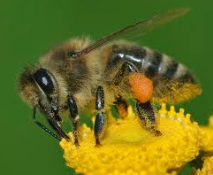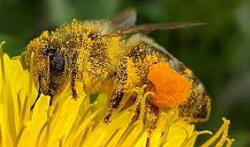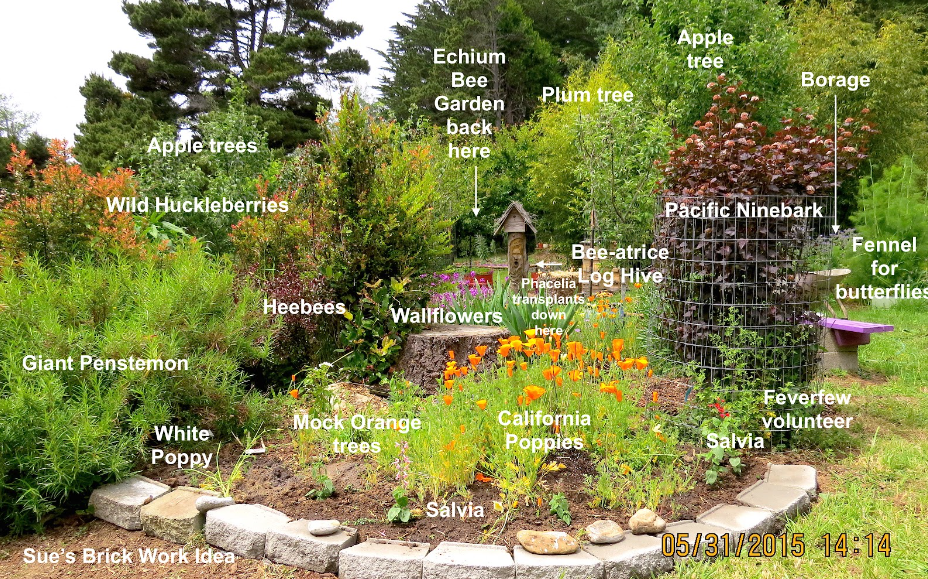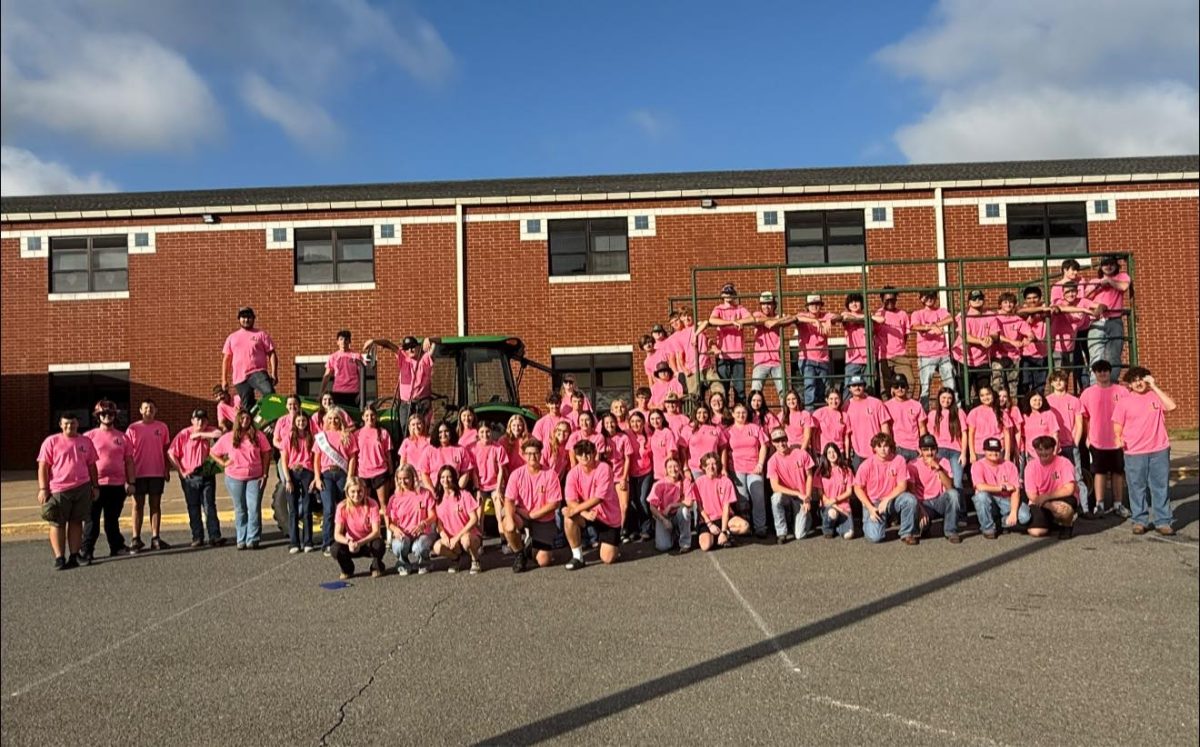What are honey bees?
Honey bees are small flying insects that live in a colony. They have 1 queen who runs the colony. The bees are social creatures and work together to produce honey. Worker bees fly out and collect nectar from flowers and bring it back to the hive where it is turned into honey by more worker bees. Honey is their food.
Importance to environment
 Honey bees (and other pollinators) are very important for the environment. When they collect nectar from plants, they pick up pollen. This pollen is carried around to another plant where some of it gets left behind, pollinating it. This helps the plants produce fruits, vegetables, and seeds. Without this pollination, plants will struggle to reproduce and us humans will have to work harder to produce crops. According to the USDA, Honeybees pollinate $15 billion worth of crops in the United States each year, including more than 130 types of fruits, nuts, and vegetables.
Honey bees (and other pollinators) are very important for the environment. When they collect nectar from plants, they pick up pollen. This pollen is carried around to another plant where some of it gets left behind, pollinating it. This helps the plants produce fruits, vegetables, and seeds. Without this pollination, plants will struggle to reproduce and us humans will have to work harder to produce crops. According to the USDA, Honeybees pollinate $15 billion worth of crops in the United States each year, including more than 130 types of fruits, nuts, and vegetables.
Extinction risk
While not specific to honey bees, bees in general are at risk of going extinct. With pesticides, destruction of their environments, parasites, and disease, bee populations are declining. Honeybees are not the only pollinators. Most other bees also pollinate (and many other insects), they just don’t produce honey that  we eat. As of 2017, Honey is worth about 3.2 million dollars. (USDA). Other products that come from the hives of honeybees include beeswax, royal jelly, propolis, and venom. All of these products are collected by humans and used for nutritional and medical purposes.
we eat. As of 2017, Honey is worth about 3.2 million dollars. (USDA). Other products that come from the hives of honeybees include beeswax, royal jelly, propolis, and venom. All of these products are collected by humans and used for nutritional and medical purposes.
How to help preservation
Preservation of bees is hard on a grand scale, but there are many things you can do to help support your local population of bees. Growing a bee-friendly garden can give the bees a good space to get food and to live. Avoid using pesticides on your garden and lawn. Bees are unfortunately pest adjacent and can be killed by the pesticides used to kill malicious insects.







